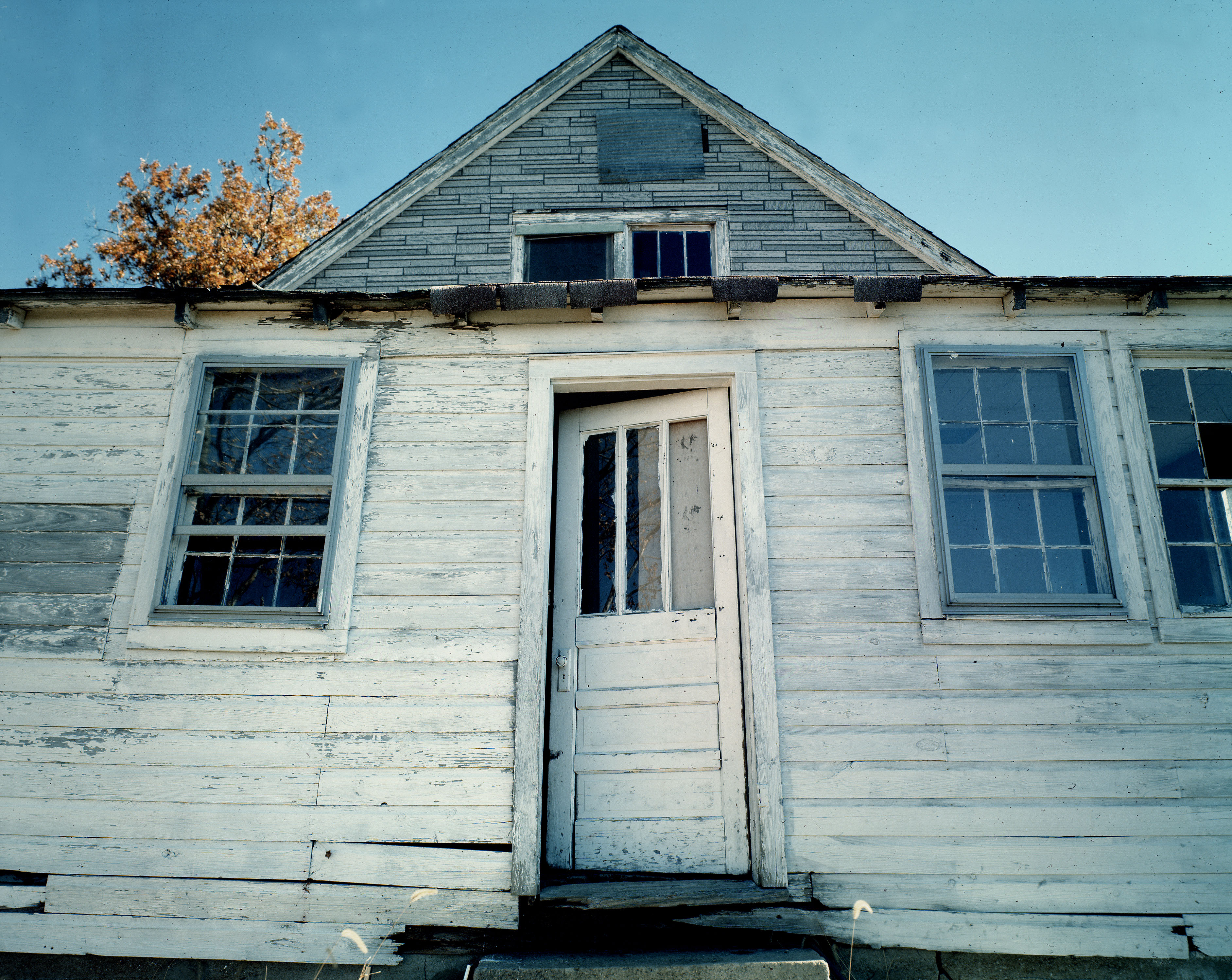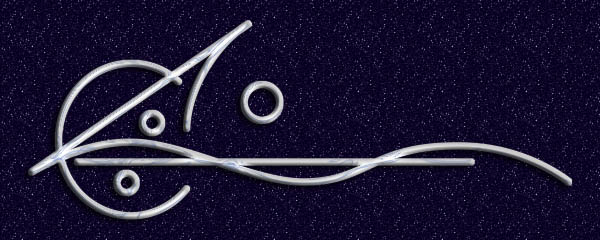Gradually, given enough time, I’ll both learn proficiency with the new digital medium and transfer my best images from nearly forty years of photography. I’ve been doing this “in between” all the other things on my plate and it hasn’t had top priority, but once in a while I find some old negatives or, in this case, transparencies that make me wonder, for only a moment, why I’m doing anything else. I finish working something like this over…

…and I get a thrill such as I used to whenever I first made a new image that I thought was worth a damn.
What’s fun now is that I barely remember taking some of these photographs, but I remember them. This was an abandoned house behind the property of the people I once worked for. Furthermore, I shot this with my view camera, a 4X5 Linhof. I very much wanted to do fine photography and I was raised on the idea that the f64 Group—which had members like Ansel Adams, Edward Weston, Wynn Bullock, and others—were the gold standard. Most of them shot with large format view cameras. When I finally acquired one and started working with the format, I fell in love.
Negative size relates directly to print quality, that much is obvious, and I could make some very large prints from 4X5 negatives. But the color work! This was shot on a long obsolete Ektachrome, E3. Through most of the 60s on until, oh, the mid 80s or thereabouts, amateur transparency film was E4. That designates the emulsion type and the processing type. E3 had been the studio standard for decades and even up through the mid to late 70s large format transparency film was E3. I could process this myself at home, but it was a magnificent pain. It required re-exposure part way through the process. But it possessed a color saturation and vividness e4, as far as I’m concerned, never had.
This particular one, though, had problems. When I pulled it out of the sleeve it was clear that I had probably been the one to process it. The image was washed out, heavy in the cyan range. It may not have been properly stabilized, I don’t know. But there was enough to it to make it worth scanning.
Once in Photoshop, I was able to revive the original color, much to my surprise, and the image is as sharp as one might wish. I took it further by erasing a couple of superfluous details, ramping up the contrast a bit, then de-saturating it somewhat for a kind of “aged” look. Little else was done. The original exposure had captured everything I needed in good register.
The view camera kit weighed about thirty pounds and I lugged it all over for several years, trying to make “important” images. A lot of it turned out to be magnificent garbage, but some…well, some came out not too badly.
You’ll find this one and a couple others now on the Zenfolio site. Enjoy.
